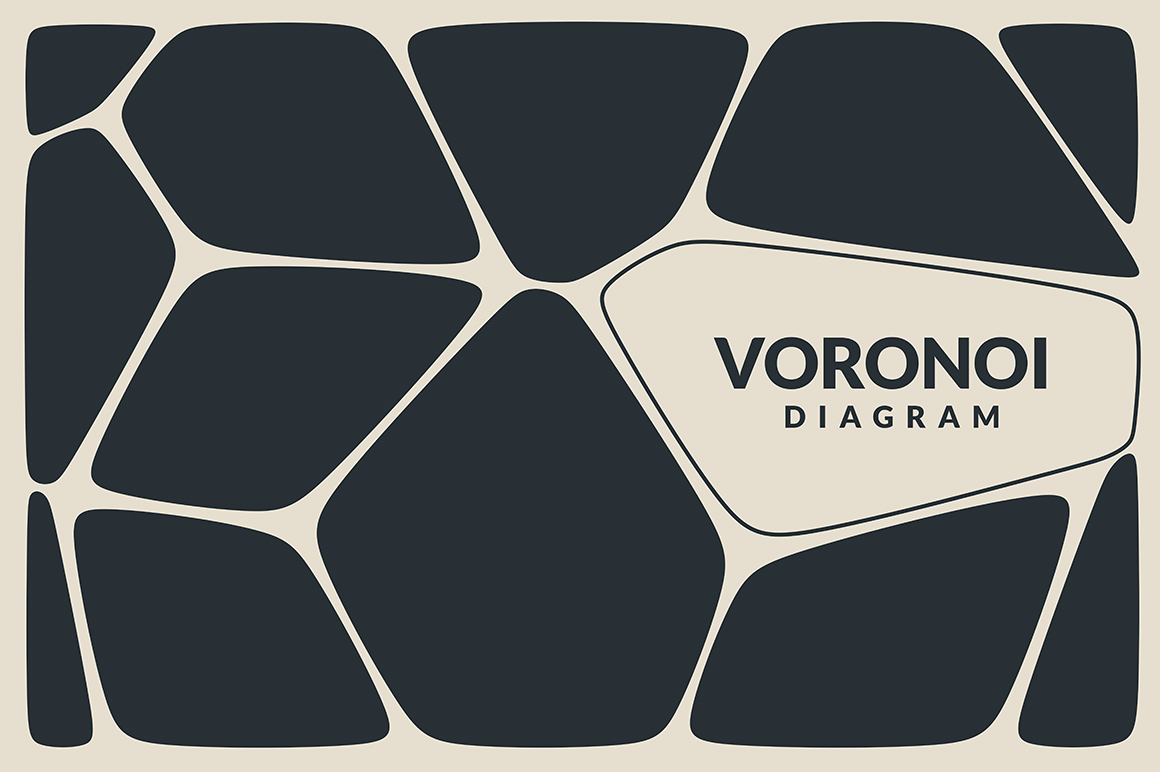

To do so, we will be using a classic generative tool, the Voronoi tessellation. However, please note that you can enable or disable cookies by following the instructions of your browser. Random and unpredictable, yet efficient and harmonious. If you want you can disable cookies from Google Analytics. Cookies added by Google Analytics are governed by the privacy policies of Google Analytics. We use Google Analytics to collect anonymous statistical information such as the number of visitors to our site. So when you access our website, in compliance with Article 22 of Law 34/2002 of the Information Society Services, in the analytical cookies treatment, we have requested your consent to their use. The Voronoi diagram is one of the most common structural network systems in nature, due to its abundance in nature through plant and animal shapes, ground. Analytical cookies which allow anonymous analysis of the behavior of web users and allow to measure user activity and develop navigation profiles in order to improve the websites.


In the simplest case, these objects are just finitely many points in the plane (called seeds, sites, or generators). Customization cookies that allow users to access services according to their preferences (language, browser, configuration, etc.). In mathematics, a Voronoi diagram is a partition of a plane into regions close to each of a given set of objects.Technical cookies that facilitate user navigation and use of the various options or services offered by the web as identify the session, allow access to certain areas, facilitate orders, purchases, filling out forms, registration, security, facilitating functionalities (videos, social networks, etc.).Cookies can be used to collect and store user data while connected to provide you the requested services and sometimes tend not to keep.
VORONOI PATTERNS DOWNLOAD
Just upload your model, wait a minute and download your tesselated model.
VORONOI PATTERNS FREE
The similarity measure helps to identify a set of representative gauges that reduces the number of patterns for analysis.Cookies are short reports that are sent and stored on the hard drive of the user's computer through your browser when it connects to a web. Have you ever tried to create a Voronoi effect with your 3D models and become exasperated with this tedious process To solve this problem we created this free online Voronoizator. We further derive a similarity measure between patterns and between layouts. We verify our approach by comparing the coverage of our extracted patterns to the ORC-generated markers. Markers are the locations of some optical rule violations in the layout. The optical rules specify requirements for printing circuits with minimum dimension. The design layout had 38,584 design polygons (consisting of 199,946 line segments) on layer Mx, and 7079 markers generated by an optical rule checker (ORC) tool. Once created, a Voronoi diagram is inserted into a sketch and then may be used for. We perform experiments for pattern selection in a portion of a 22-nm random logic design layout. This is an Autodesk Fusion 360 add-in for generating Voronoi diagrams. The problematic locations are prioritized by the shape and proximity information of the design polygons.
VORONOI PATTERNS WINDOWS
Then we use the derived locations to extract windows containing the problematic patterns from the design layout. We first use the Voronoi diagram of VLSI shapes to identify possible problematic locations, represented as gauge centers. The gauge center is the midpoint of a gauge. Designers put line segments around the problematic locations in patterns called "gauges," along which the critical distance is measured. We introduce a fast method to automatically extract patterns based on their structure and context, using the Voronoi diagram of line-segments as derived from the edges of VLSI design shapes. To reduce the processing time, such a tool selects only a fraction of possible patterns which have a probable area of failure, with the risk of missing some problematic patterns.

Early identification of problematic patterns in very large scale integration (VLSI) designs is of great value as the lithographic simulation tools face significant timing challenges.


 0 kommentar(er)
0 kommentar(er)
